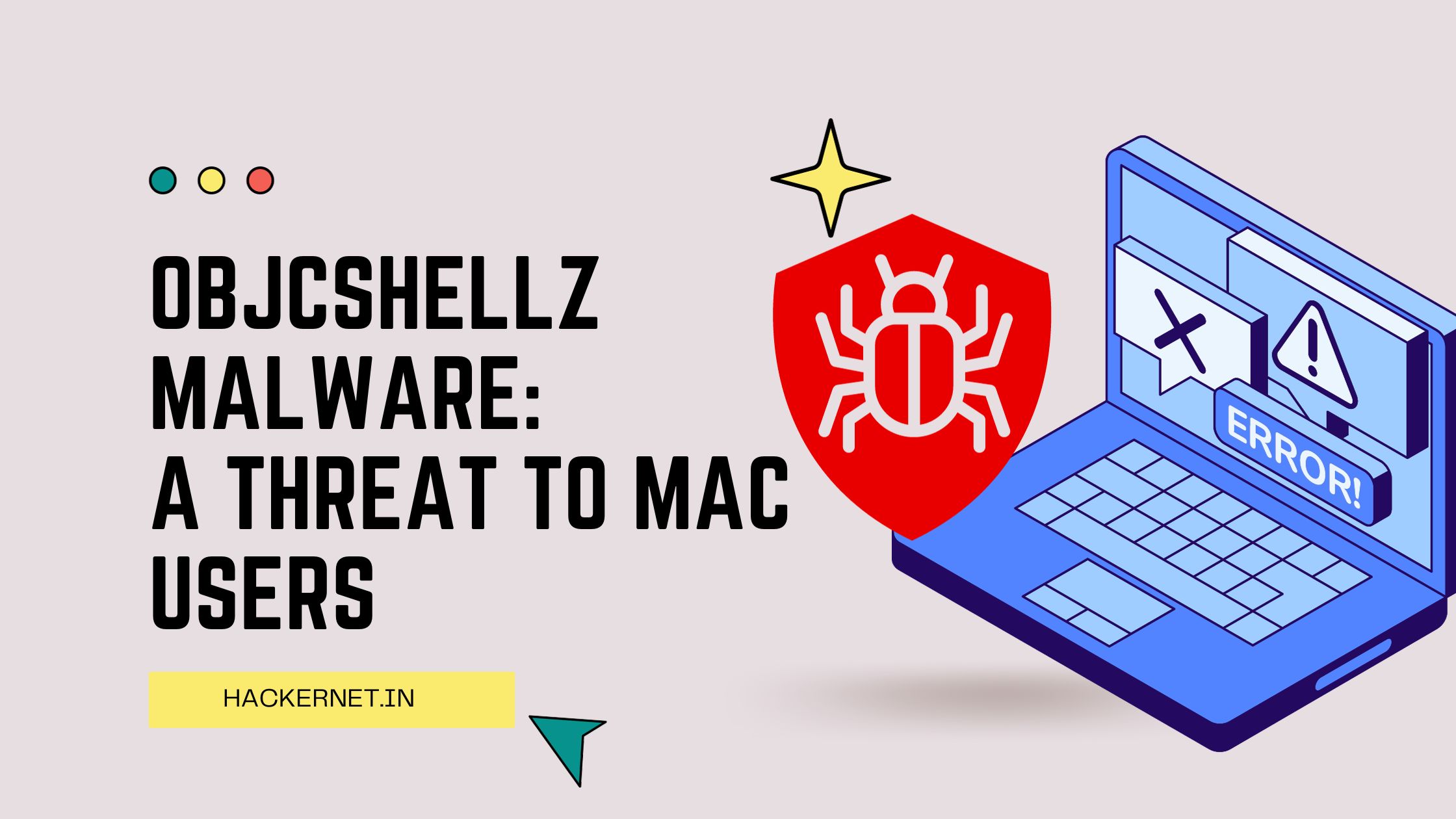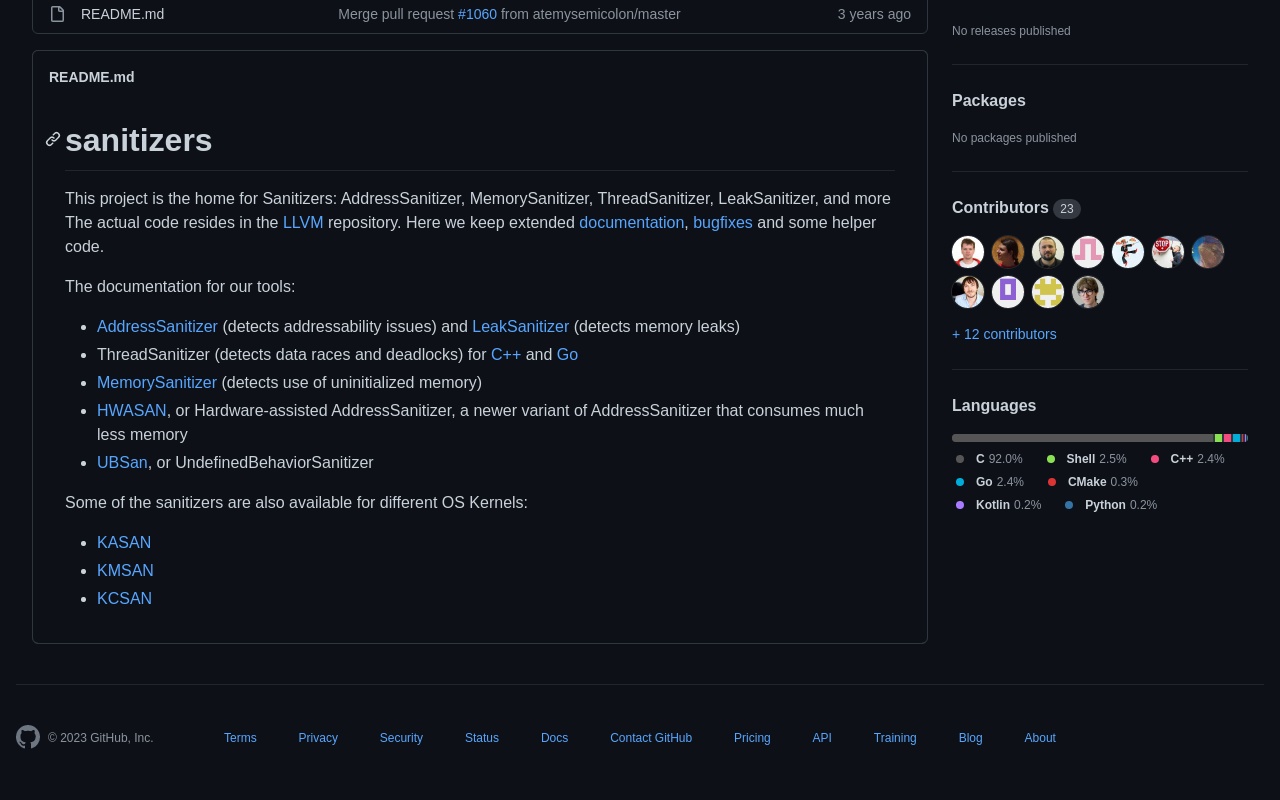The ObjCShellz malware has been making waves in the cybersecurity world. This macOS malware is associated with the BlueNoroff threat group, which has links to North Korea. Here are some key points about ObjCShellz:
Purpose
ObjCShellz is designed to open remote shells on compromised Mac devices, allowing attackers to execute commands remotely. This could allow attackers to steal data, install other malware, or even take complete control of the infected device.
Origin
ObjCShellz is part of the RustBucket malware campaign, which was discovered earlier this year. Researchers believe that ObjCShellz serves as a later-stage tool within this campaign. This means that it is likely not the first piece of malware that will be installed on a victim’s machine. Instead, it is likely that ObjCShellz will be installed after the attackers have already gained access to the victim’s machine through another vulnerability.
Context
BlueNoroff primarily targets Apple customers, and this new malware variant adds to their arsenal of tools for cyber espionage and financial theft. The group has been linked to a number of high-profile attacks, including the 2014 Sony Pictures hack and the 2017 WannaCry ransomware attack.
How ObjCShellz Malware Works:
Infiltration
ObjCShellz typically enters a macOS system through phishing emails, malicious attachments, or compromised software. Once it is on a system, it will try to hide itself so that it is difficult to detect.
Command Execution
Once ObjCShellz is installed on a system, it will open a remote shell to a command-and-control (C2) server. This allows the attackers to execute commands on the infected system.
Objective-C Code
The malware is written in Objective-C, a programming language commonly used for macOS and iOS development. This makes it difficult for security researchers to analyze the malware and develop defences against it.
Domain Communication
ObjCShellz communicates with suspicious domains to receive commands and exfiltrate data. This domain-based communication allows attackers to maintain control over the compromised system.
Evasion Techniques
To avoid detection, ObjCShellz may employ anti-analysis techniques. It could use encrypted communication, obfuscation, or sandbox evasion mechanisms.
Attribution
ObjCShellz is associated with the BlueNoroff threat group, which has links to North Korea. BlueNoroff primarily targets Apple customers for cyber espionage and financial theft.
How to Protect Yourself from ObjCShellz Malware:
There are a number of things you can do to protect yourself from ObjCShellz and other malware:
- Keep your macOS software up to date. Apple releases security updates for macOS on a regular basis. These updates often patch vulnerabilities that could be exploited by malware.
- Be careful about what you click on in emails and on websites. Phishing emails and malicious websites are a common way for malware to be spread. Be suspicious of any emails or websites that you do not recognize or that ask you to click on links or open attachments.
- Use a strong password for your macOS account. A strong password is at least 12 characters long and includes a mix of upper and lowercase letters, numbers, and symbols.
- Enable two-factor authentication for your macOS account. Two-factor authentication adds an extra layer of security to your account by requiring you to enter a code from your phone or another device in addition to your password when you log in.
- Install a reputable antivirus and anti-malware program. Antivirus and anti-malware programs can help to detect and remove malware from your computer.





Leave a Reply